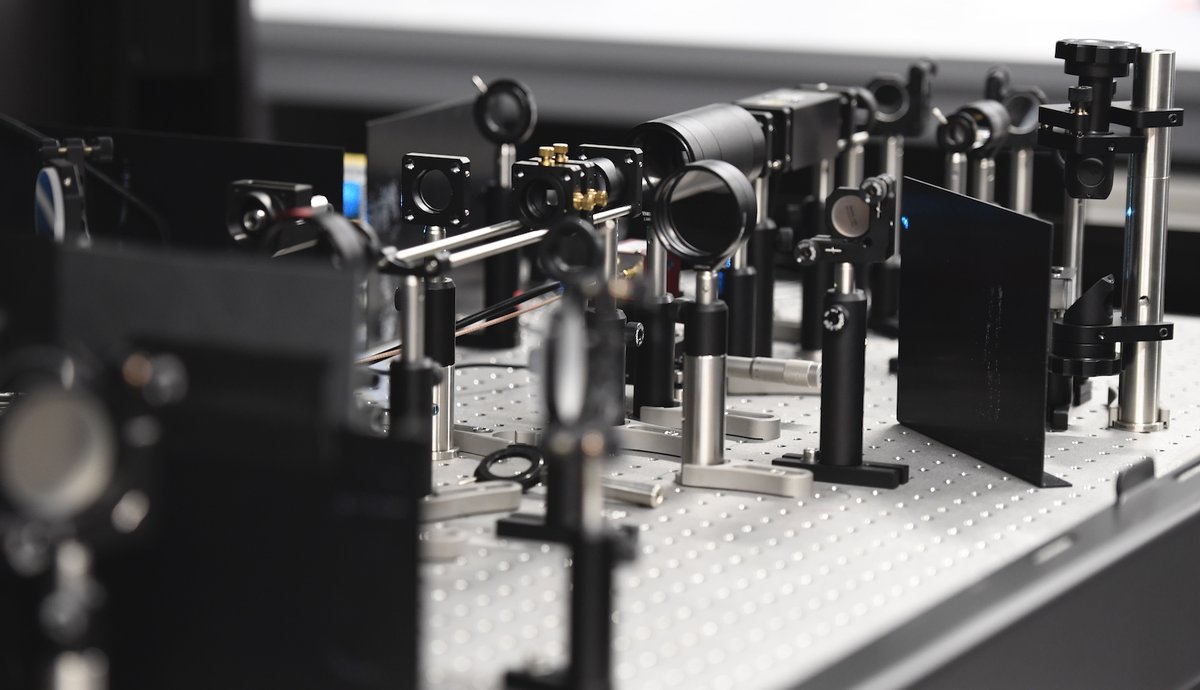It’s Tweetorial Thursday, so time for a #DBIOtweetorial, brought to you by the fantastic #engageDBIO team! Guest this week @SulianaManley, on why there is “No free lunch in microscopy” 

For biophysicists, microscopy is a major tool and an exciting outlet for innovation. If you are a microscopy user more than a developer, it can seem like a major new method is published every week! Even just considering localization microscopy ... 

So, how do we make sense of all this method development, and what is driving it? Sometimes developers chase world records in spatial resolution, temporal resolution, depth, or long-term imaging. 

Empirically, there are trade-offs in microscopy that make it difficult to reach all of the technical goals simultaneously. We can think of microscopies as sitting in a 3- or 4-dimensional parameter space (or even higher). 

When we want to image fast dynamics, we often compromise spatial resolution or depth of imaging. What’s cool is that new innovations in light sheet, adaptive optics, and others cut down on those compromises. @IlariaTesta4 @FiolkaLab
Parallelized microscopes that scan multiple points of light, or image in multiple planes simultaneously, reduce the time to image a specimen while maintaining image quality. @FourierPower @AndrewGYork
New dyes, new ways of renewing dyes, and label-free methods can enable long-term imaging while preserving sample integrity. @jinzhanglab @KrishnanYamuna @rhodamine110 @PhilippKukura
Each method has its trade-offs, and the best microscope for your experiments depends on what you are trying to measure! Also remember, the experiment you can do is generally superior to the one you cannot.
So, while there may be no free lunch, even in microscopy, there are plenty of opportunities to make quantitative measurements and discover new biophysical principles. Happy imaging! (Mitochondrial fission, courtesy @Dora_Mahecic)
• • •
Missing some Tweet in this thread? You can try to
force a refresh















